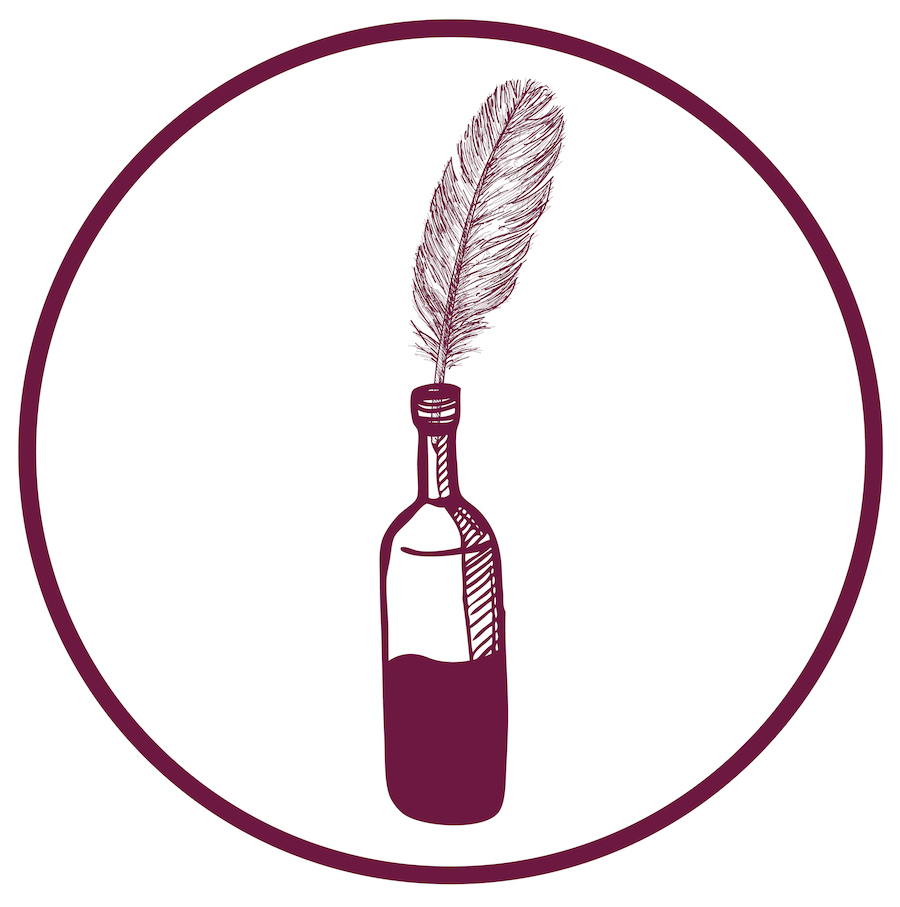Pros and Cons of Sur Lie aging
Aging wine with their lees (Sur Lie) or without their lees is one of the most debated winemaking styles. In fact, we were questioning this ourselves with the latest vintage of Cassie Bella Wines.
What are lees in winemaking?
First off, what are lees? As yeast eat sugars to produce alcohol and CO2, they enter what’s called yeast autolysis, causing their cells to burst and combine with tartaric acid salts, phenolic material and remnant grape solids. All of these combine to produce lees at the bottom of the vessel (barrel, cask, tank etc..).
The winemaker has the choice to either produce wine “sur lie” or rack the juice off the lees into a new vessel.
What does stirring the lees mean?
If the winemaker chooses to age sur lie, they may want to stir the lees, known in French as “battonage”. For a traditional oak barrel, the winemaker will use a 3 foot long metal rod with a flat head attached to the end (think small golf club) to routinely stir the lees during the aging process.
The vigor of stirring, the duration and for how many days during fermentation and aging totally depends on the winemaker. The more vigor, amount of times and duration of stirring directly correlates to the effect the lees have on the wine.

What are the effects of Sur Lie aging?
Stirring the lees amplifies the contact between the wine and yeasty lees. The act of sur lie aging and stirring lees brings benefits such as improved wine stability through added anti-oxidants, reduced need for SO2, greater richness, complexity, flavor & mouthfeel.
However, aging wine sur lie can bring several downsides including greater chance of off-aromas like Hydrogen Sulfide. Some also argue that the yeasty flavors are too strong and mask a lot of the wine’s natural, delicate characteristics.
Should I age my wine sur lie or not?
Like so many things in wine.. it depends! Are you trying to make a thought provoking, smooth, creamy and intriguing wine? Or are you trying to make something light, fruity, zippy and delicate?
If the latter, we’d recommend racking off the lees ASAP, especially for whites and roses. If you prefer the benefits of a more round mouthfeel, bigger flavor and complexity, you may choose to keep the lees around.
Or perhaps, a mixture of the two!





